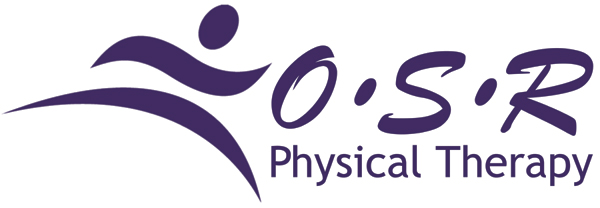Running might not be considered a high-impact sport, nor do
many people think of running as a high injury-risk sport. However, it presents
its own set of obstacles that can cause overuse injuries such as muscle
strains. Whether you’re a past-time or serious runner, incorporating a running-specific physical therapy program can not only keep you injury-free but also improve
your overall fitness.
1. Physical therapy is an individualized plan built with the runner in mind.
By combining the newest advances in sports medicine with the
most current knowledge, a physical therapy program that is tailor-made for a
runner will help improve everything from technique to training. Physical
therapy isn’t just for recovering from an injury. An individualized plan will
help you strengthen your weakest areas, which will help you stay injury free
and improve performance.
2. Assessment of muscle imbalances will help you reach the next level.
3. A focus on running technique will improve overall performance.
Physical therapy doesn’t just focus on strengthening and recovering
from injuries. It also focuses on body form and technique. A certified athletic
trainer working with a physical therapist will assess your running form and
technique, pinpointing areas of improvement so that you can surpass all your
running goals.
4. Buying the right running gear makes all the difference in the world.
5. Keep up your running with low-impact training.
Although not considered high-impact, the constant pounding
of running takes a toll on the lower body. Finding a way to continue running
with lessening the impact on the lower body is difficult. Such low-impact
sports as swimming and biking help with cross training, but you still have to
hit the road day after day to see real results. Special equipment available
through physical therapy, such as the anti-gravity treadmill,
allows you to continue to run but with lower impact on the lower body. This
machine is most important for injury rehabilitation for runners.
OSR has the necessary programs to help you achieve your PR.
OSR offers a running-specific program that’s based in sports
medicine literature, individual video gait analysis, assessment of injury and
muscle imbalances, shoe type, and running technique. Whether you’re an avid
long-distance runner or a weekend warrior, we can help you achieve a personal
record on your next run. Contact us today
if you’d like to take your running to the next level with an individualized
physical therapy program.












